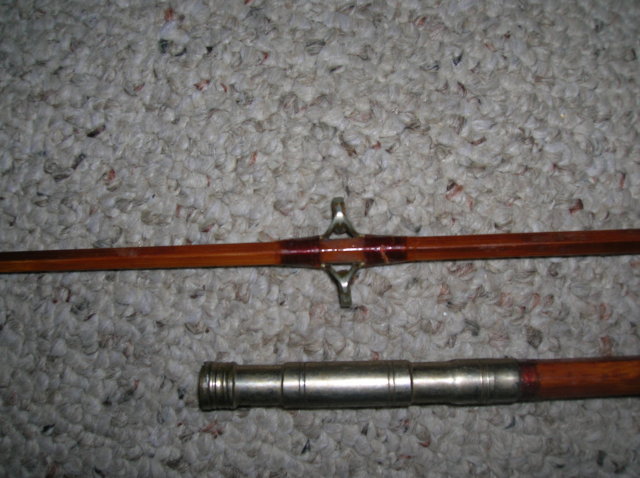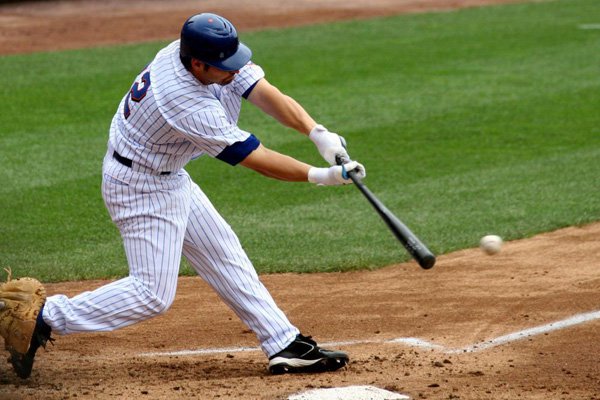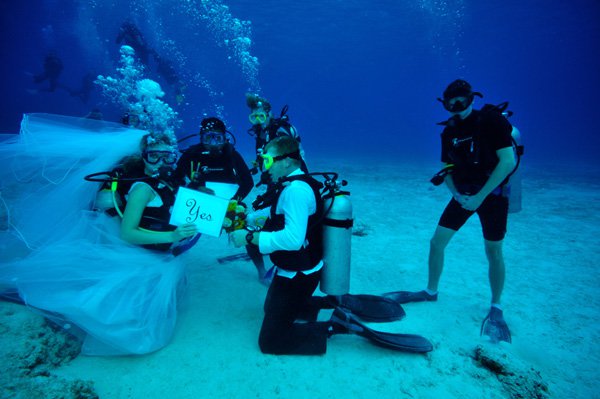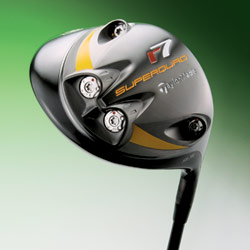Question
 LL Bean
LL Bean
Hello. My name is Charlee and my father gave me a rod. Looking to learn as much as I can about it. I don't know much about proper terms and such, but I'll do my best. It's an L.L. Bean and that's all I can find on it. The strangest thing is that the eyes have another set back to back. He didn't know anything about it, but had never seen anything like it before. The wrapping around the extra set of eyes/eyelets appears to be original, but I'm no expert. It is some sort of casting/bait...not fly. The detailing on the hardware shows nice quality. The metal tip is a bit brighter than the rest of the hardware and may have been replaced. I am not sure. Approx 7'5". Maroon "tape?" holding on the eyes/eyelets? Would appreciate any help or information you can share. Thanks.
Charlee
AnswerHi Charlee,
L.L Bean did not make fishing rods. They acquired the rods they sold with their name on them from other companies that did make rods under what are called private label agreements. The other company made the rod and put the L.L Bean name on it. It is a very common practice that still goes on today. I do not know for certain which company made your rod for L.L. Bean.
You have what would either be used as a boat rod or a trolling rod for saltwater fishing. It is made of split bamboo which means the rod shaft is made from six separate strips of bamboo planed to matching tapers and glued together to make a solid rod shaft. The butt section is likely solid wood that has been turned on a lathe with a rubber bumper or a metal cap at the very end. Between the rod shaft and the wood handle is a metal reel seat that holds the reel in place and may also serve as a ferrule to connect the rod shaft to the handle.
The bamboo section of the rod is in two pieces. In the picture you provided the large silver connector at the top of the lower portion of the rod shaft is called a ferrule. This one is strongly reinforced indicating the rod may have been used for trolling. The bottom end of the upper portion of the rod shaft will have the other part of the ferrule so the two can be connected together. This ferrule is made of brass that is plated with nickel...this is commonly called nickel silver or german silver.
The tiptop guide on your rod should look like a stirrup on a horse's saddle...if you hold it upside down. It should allow line to enter from both sides and exit through one hole at the top. The line guides located back-to-back on the rod shaft are done that way on purpose. Your line guide appear to be all metal (can't tell for sure) but some guides come with an agate liner inside the ring...the agate on older rods like this is usually a shade of red or orange.
As this type of rod is used, especially for large fish, the bamboo can develop a "set" or curve from the stresses. To minimize the chances of this happening, this type of rod is made so that you can remove the shaft, turn it around, reinsert the shaft and fish using the other side of the rod. The idea is that if you equalize the stress by switching the rod every so often, you will minimize the chance of it taking a permanent set.
The maroon tape is actually red thread, probably silk thread, that has darkened due to the color of the varnish used on the rod and the effects of UV light over time. Virtually all rods utilize rod wrapping thread to hold the guides in place and form decorative wraps on the rod shaft. When done properly, the threads fit very close together and can look like tape beneath the finish that is applied to protect them from UV light and water. This rod is around 60-80 years old and has a value today in the $20-$60 range depending on the actual condition of the rod.
If you have any other questions, just ask.
Thanks, Joe



